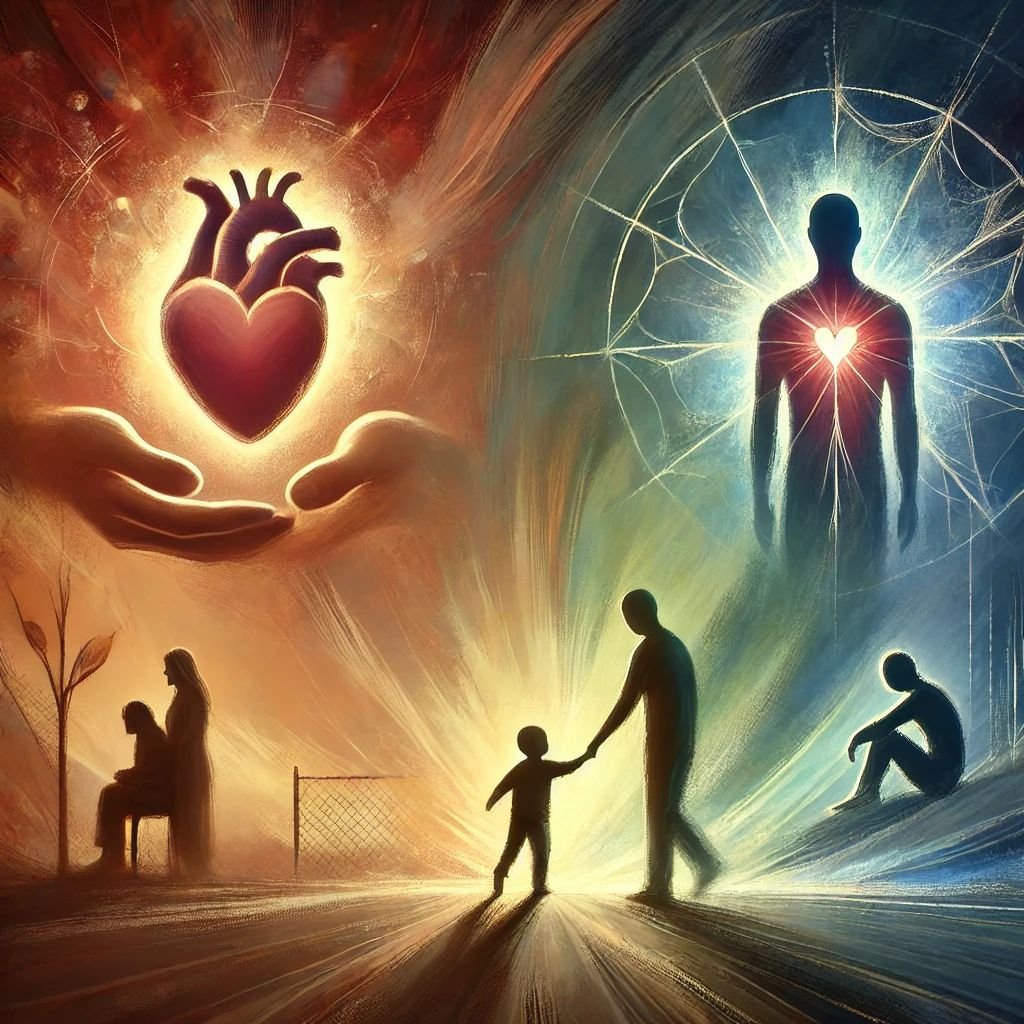Attachment theories are one of the most important tools in understanding emotional relationships between people. They were developed by psychologist John Bowlby, who analysed how children's attachment to their caregivers shapes the way they perceive future relationships. With the contribution of Mary Ainsworth and the 'stranger state' method, attachment theories were further developed, providing deep insights into how early experiences can determine our emotional health and relationships in adulthood.

Types of attachment
There are four main types of attachment:
1. Secure attachment: Individuals with secure attachment grew up in an environment in which their caregivers were consistently and sensitively responsive to their needs. These individuals have a positive view of themselves and others, feel comfortable trusting and forming close relationships without fear of abandonment.
2. Avoidant attachment: Individuals with avoidant attachment often grew up in environments where caregivers were emotionally distant. This led them to rely on themselves and avoid intimacy, viewing relationships as limiting or dangerous.
3. Anxious-ambivalent attachment: In this type, individuals experience intense anxiety and fear of abandonment. Typically, caregivers were unstable or inconsistent in offering emotional support, resulting in the individual constantly seeking reassurance in their relationships, feeling overly insecure.
4. Disorganized attachment: Disorganized attachment is characterized by contradictory attitudes towards emotional closeness. It is often associated with traumatic events, such as childhood abuse or neglect, and is manifested by fear of both closeness and rejection.
How attachment theories affect our relationships
Early attachment experiences form our "emotional map", determining how we relate to others in our adult relationships.
Secure type: when a person has secure attachment, they develop healthy relationships, with emotional closeness, trust and understanding. They are willing to express their needs while respecting the autonomy of others.
Avoidant type: people with avoidant attachment find it difficult to express their feelings and often keep their distance from their relationships. They may avoid commitment and avoid emotional situations that could bring vulnerability.
Anxious-ambivalent type: people with this type of attachment are often dependent on their relationships and constantly seek reassurance. They feel a strong fear of abandonment, which can lead to intense attachment, jealousy and difficulty trusting.
Disorganized guy: This type of attachment often leads to relationships characterized by intense conflict, ignorance of emotions and insecure interaction. Individuals may find it difficult to develop stable, healthy relationships and often engage in toxic relationships with unstable dynamics.
How to treat unsafe attachments
Understanding our own attachment type is the first step to improving our relationships. Therapy and self-awareness can help retrain our emotional map. Attachment-based therapy, mindfulness and cognitive-behavioral therapies are tools that can help create safer and more balanced relationships.
In summary, attachment theories offer us valuable insights into how our early experiences influence our relationships in adulthood. Although unsafe attachments can make our romantic or friendship relationships difficult, there is always the potential for self-improvement and healthier emotional connection with those around us.
